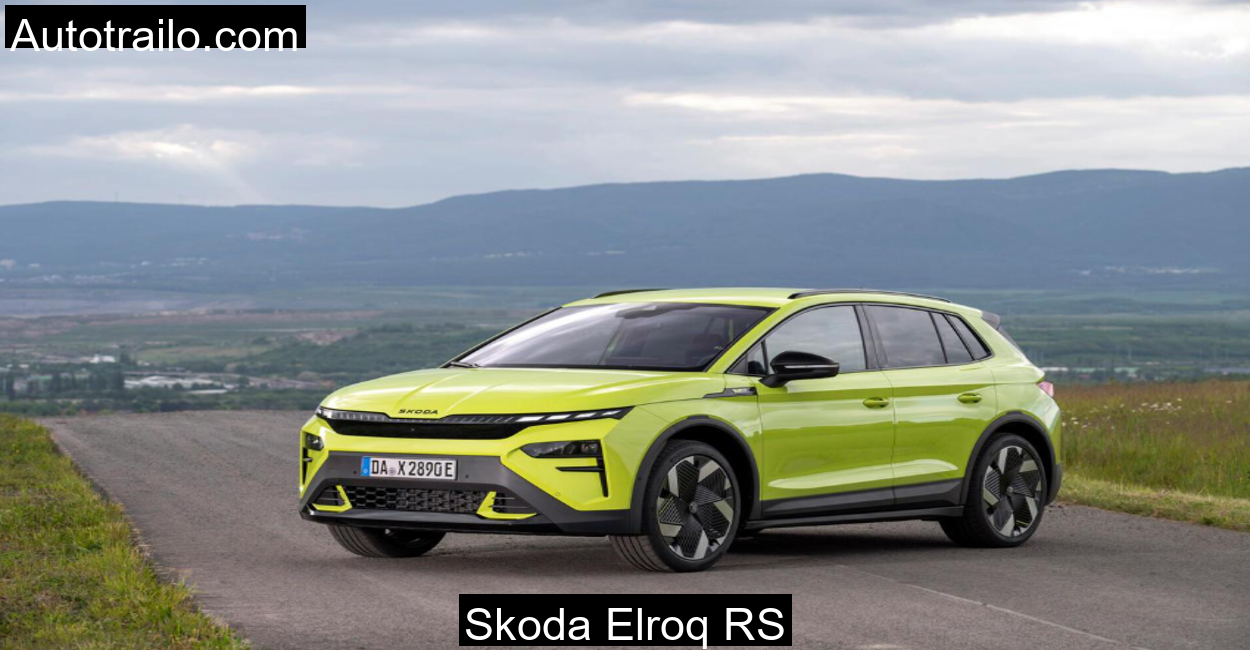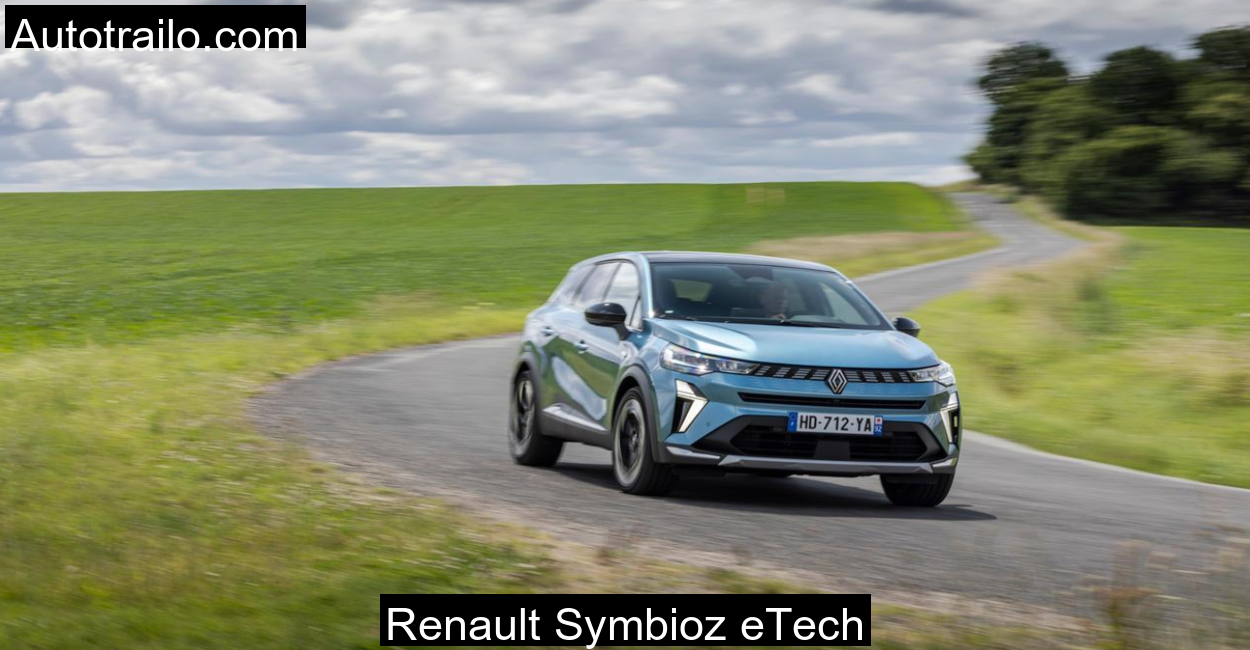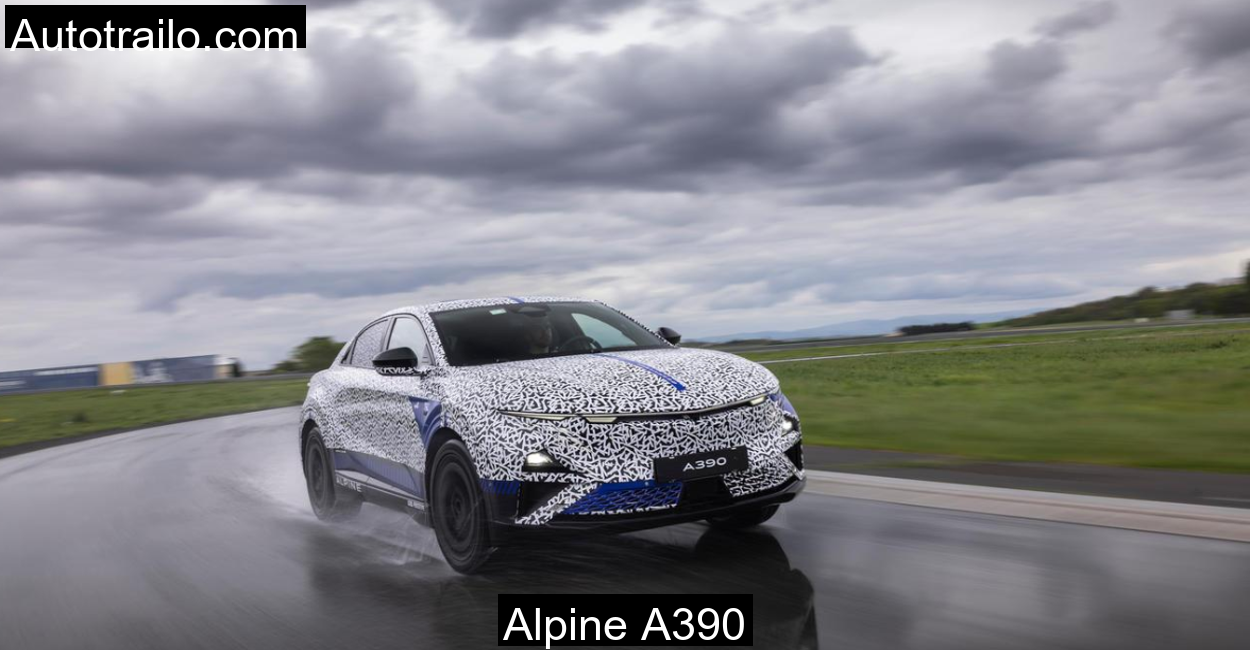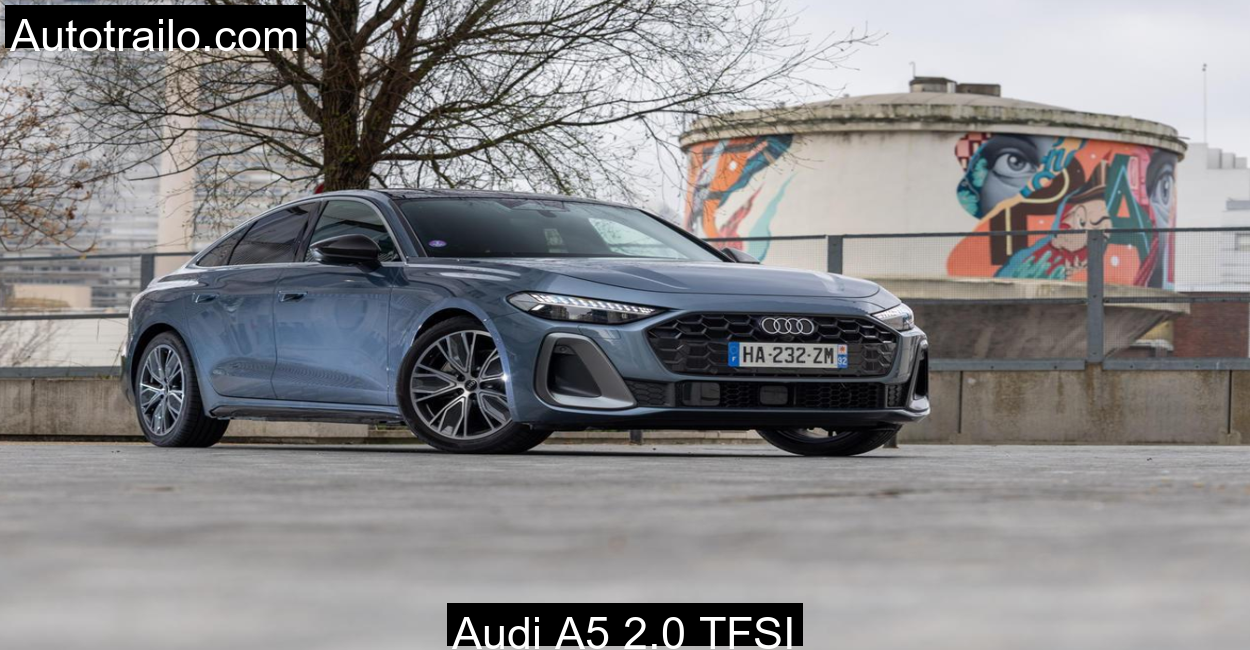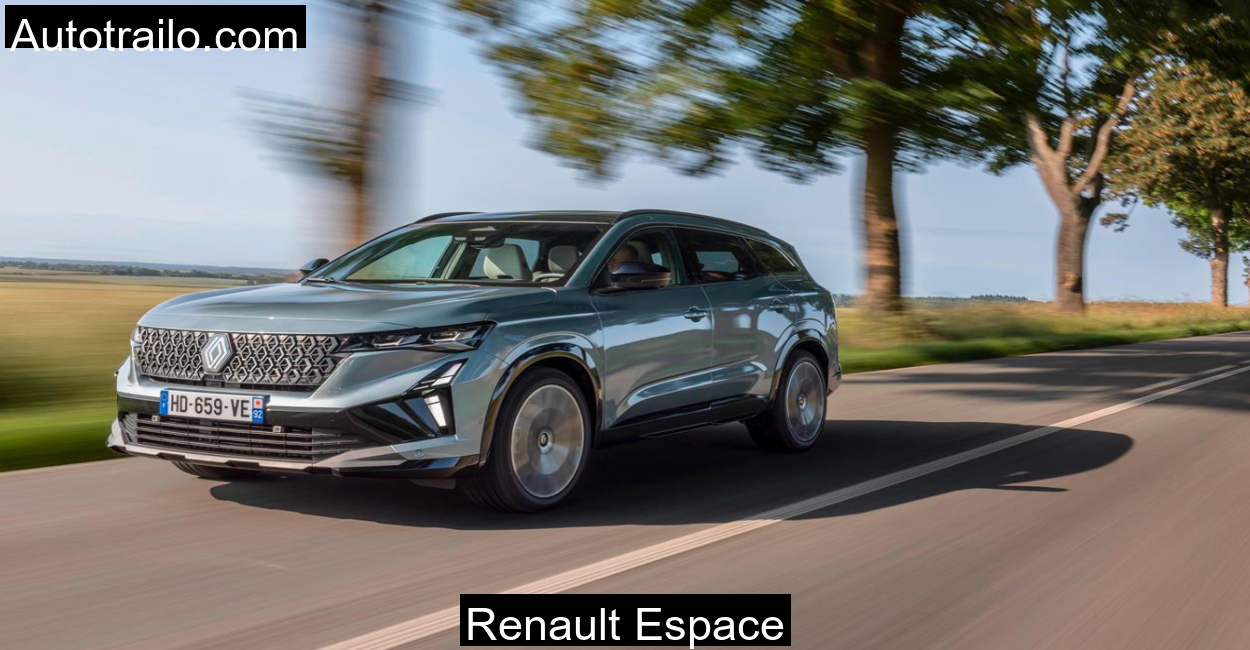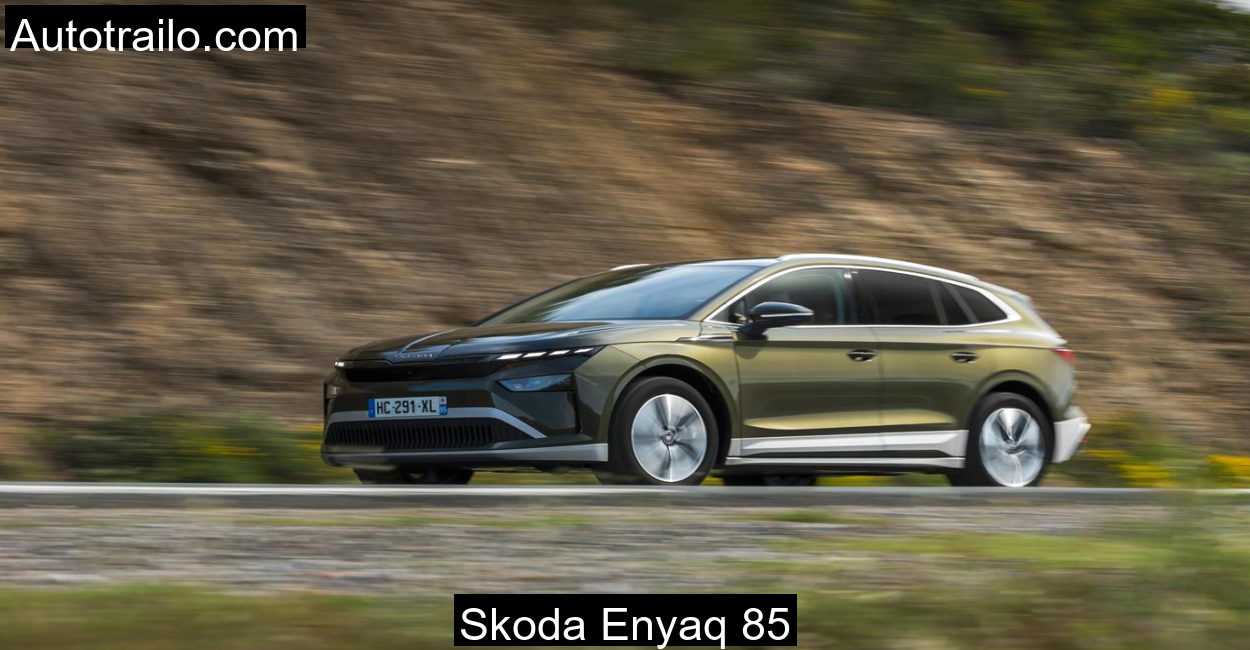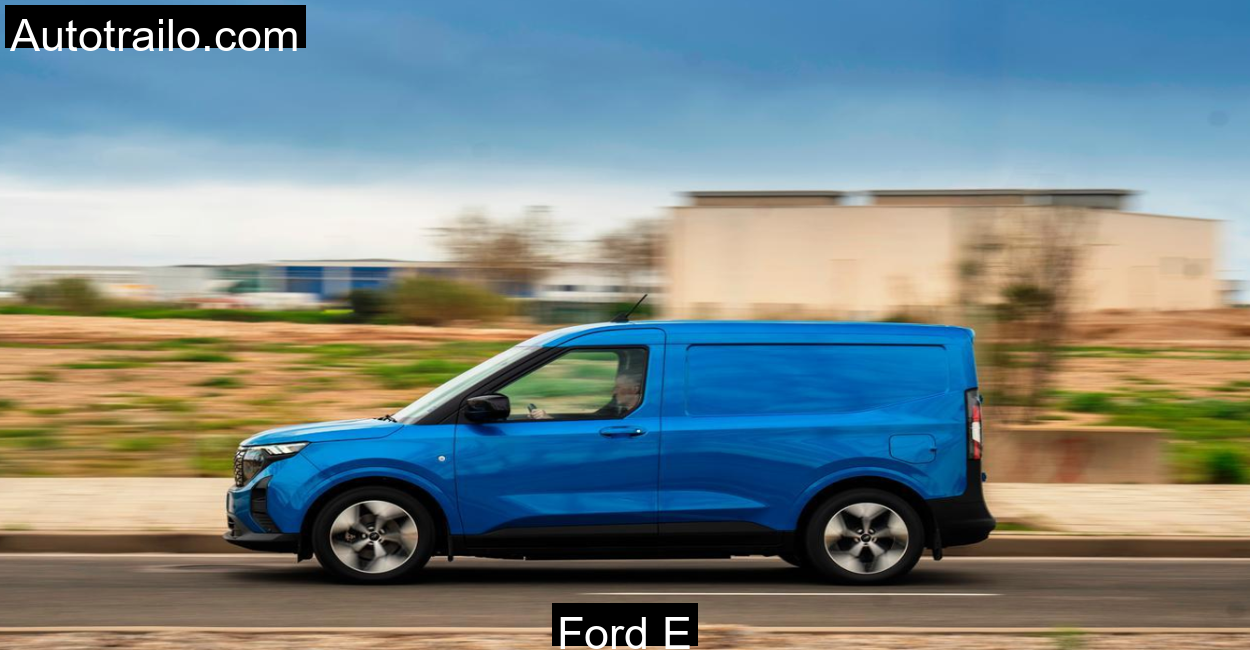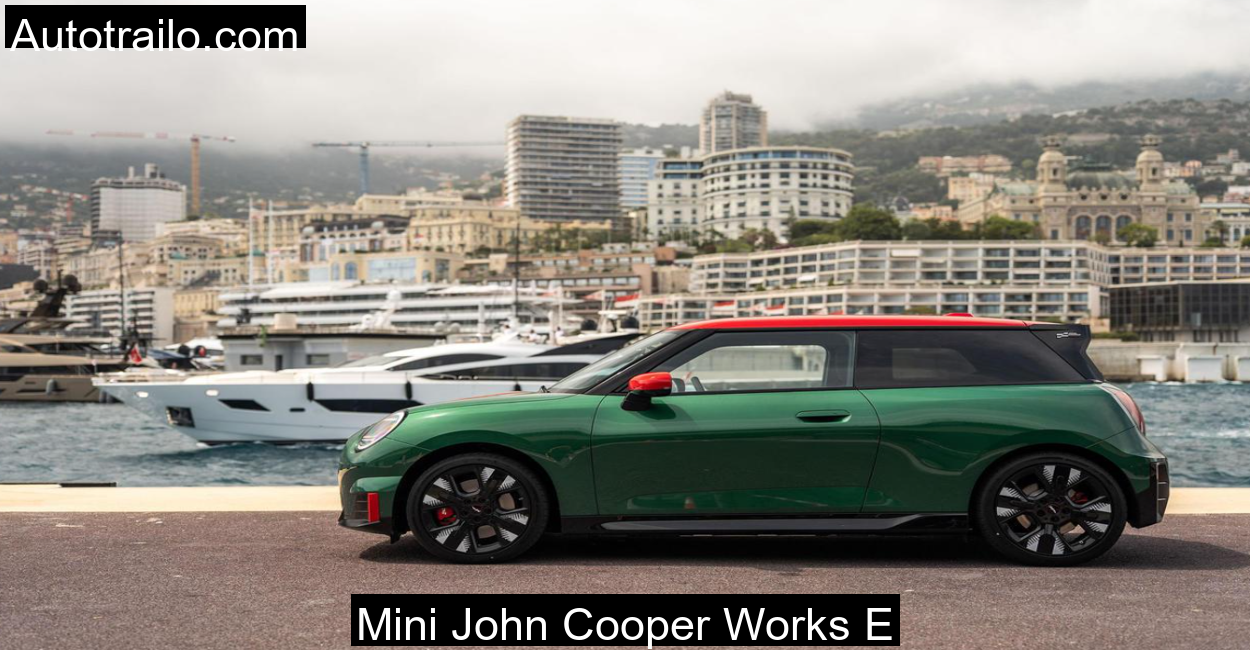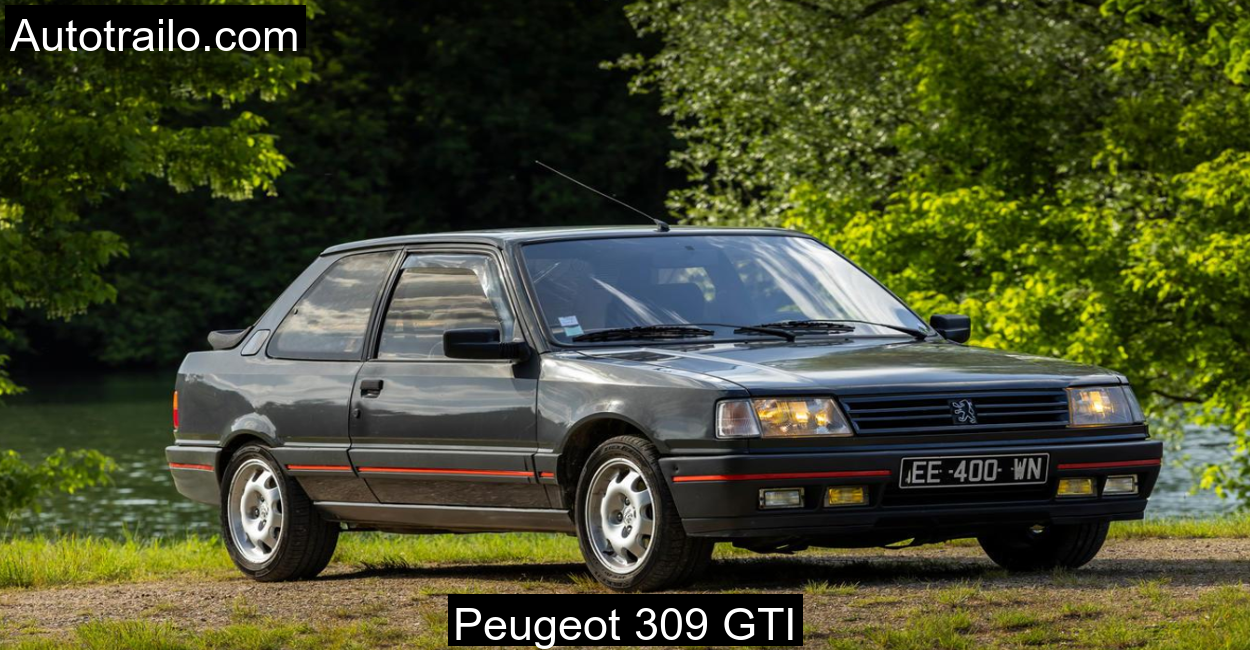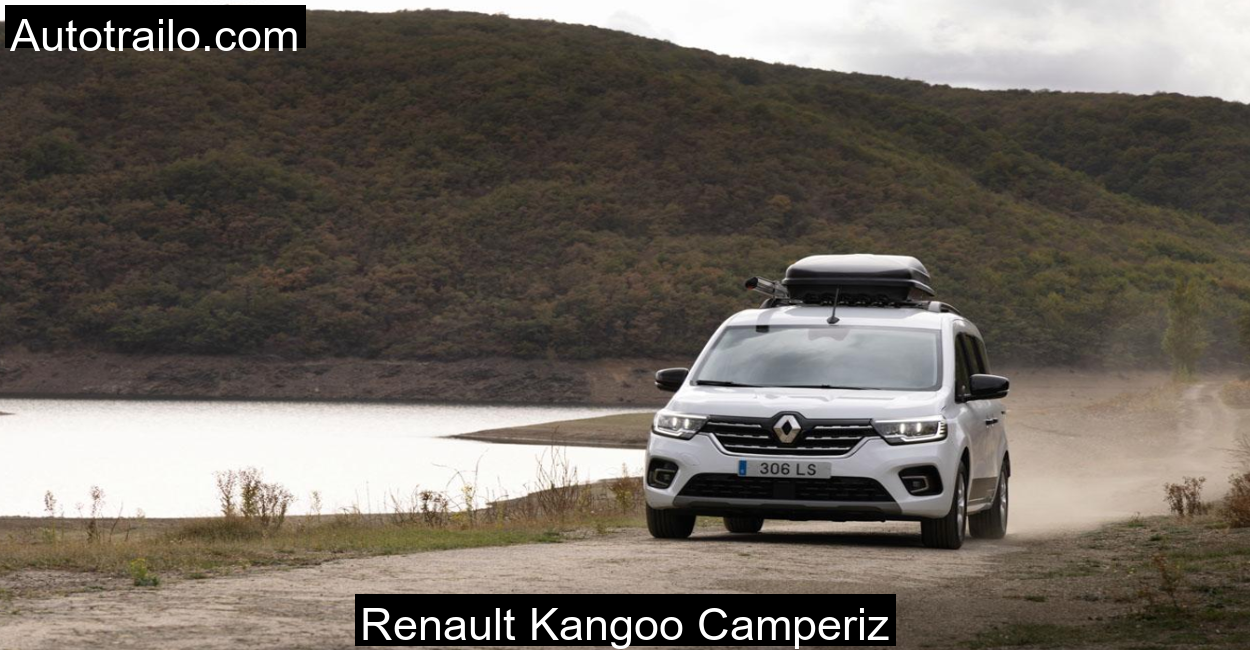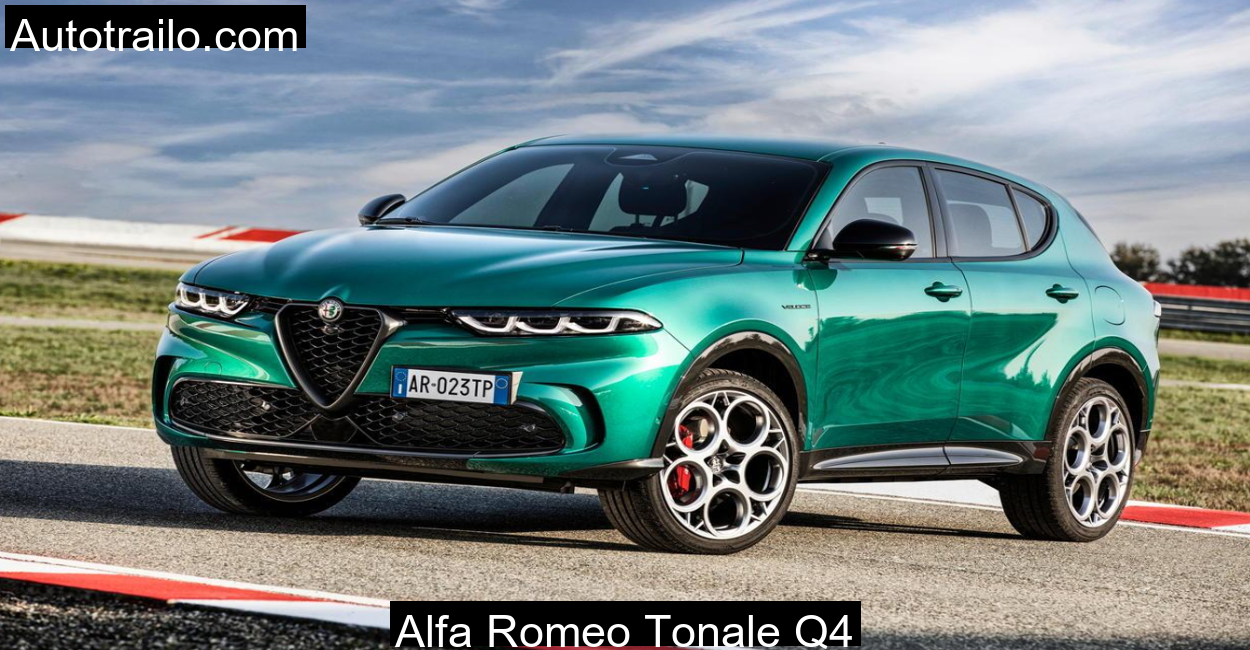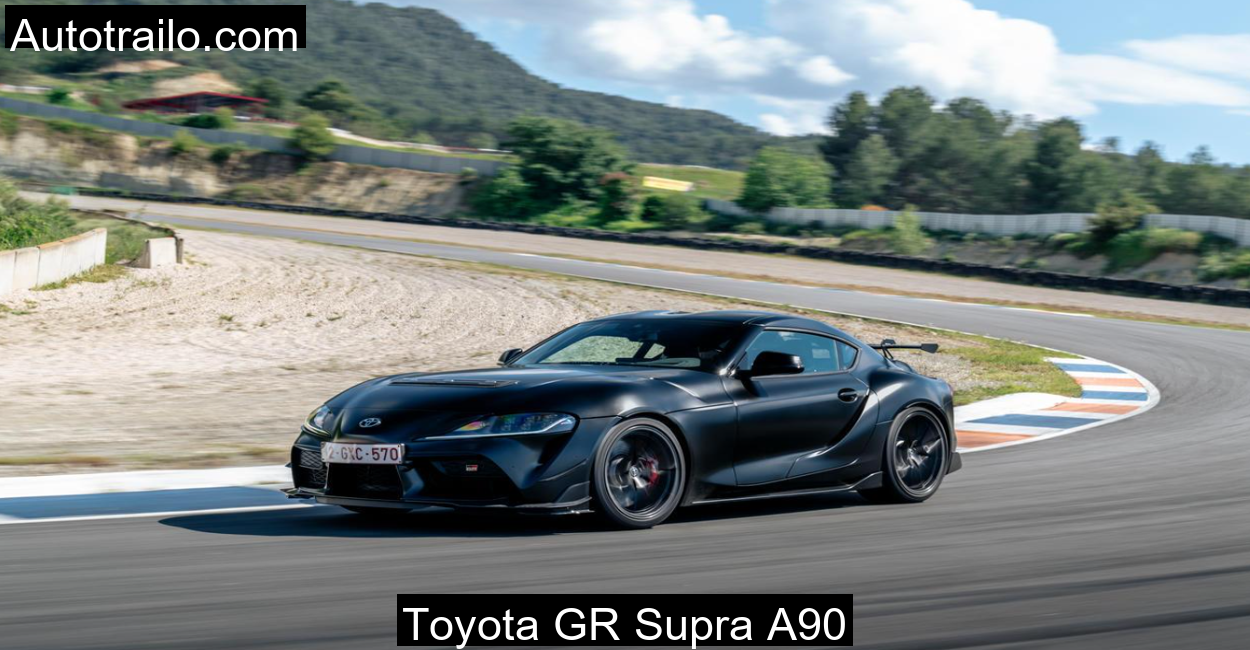When I first set my eyes on the Skoda Elroq RS at the foothills of the Agumbe Ghat, there was an immediate sense of contradiction. Here stood a modern European electric SUV dressed in striking Mamba Green, ready to tackle one of India’s rainiest and most dramatic forested routes. Agumbe, with its snake-like hairpins and mist-covered ridgelines, is often called the Cherrapunji of the South. It seemed like the perfect proving ground to understand what Skoda’s RS badge means in the era of electric mobility. As the monsoon teased the horizon, I eased the Elroq onto the first incline.
Table of Contents
The First Glimpse of the Elroq RS in Agumbe
The approach to Agumbe through the dense foliage of Karnataka’s Western Ghats is unlike any other. With the temperature dropping and the clouds sinking to road level, the environment became cinematic. The Elroq RS looked stunning parked beside a moss-covered milestone. The bold gloss black treatment on the grille and rear diffuser contrasted sharply against the natural greens around. The RS-spec 21-inch alloys lent it undeniable road presence.
But styling alone doesn’t earn respect on these ghat roads. As I pulled onto the first steep curve, I switched to the sportiest available drive mode. The steering wheel with its perforated leather grip felt substantial, and the suede-trimmed bucket seats hugged me in place. Despite being an SUV, the Elroq’s low stance and the slightly lowered RS setup gave the car a planted aura, even at slow speeds.
In stop-start conditions behind an occasional lorry, the car’s silence became its first party trick. Birds chirped louder than the motors. The traffic cleared, and I was ready to dig in deeper.
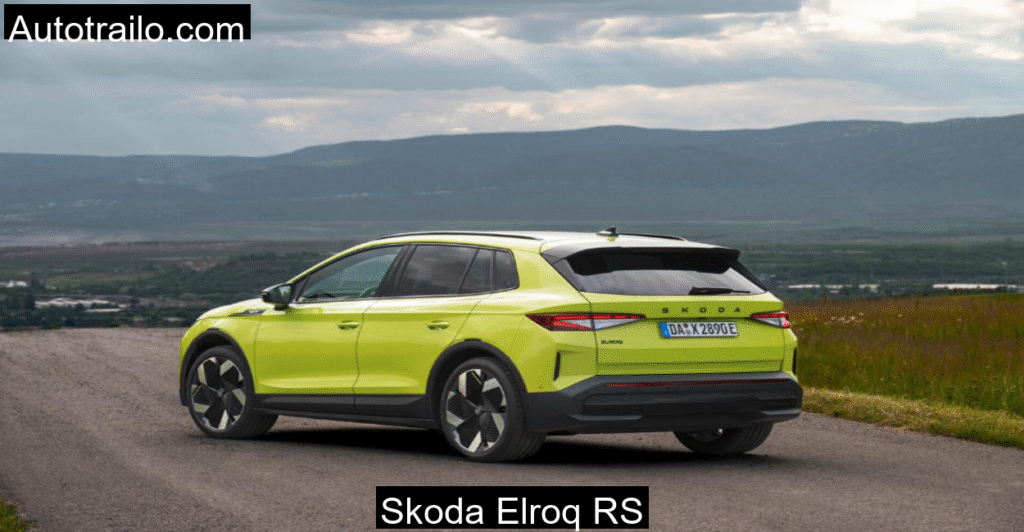
Carving Corners in the Rainforest: Handling and Control
Agumbe’s curves test every bit of a car’s dynamic package. Unlike a racetrack or an open highway, this route throws in unpredictability, sudden dog crossings, moss patches, and blind turns. The Elroq RS handled the tight bends with remarkable poise. The AWD system provided confidence as all four wheels clawed into the wet tarmac.
What surprised me was the car’s flat posture in corners. Despite weighing over two tons, body roll was well managed, and the damping in the standard mode struck a balance between sport and comfort. I tried toggling into Comfort mode just before hitting a particularly bumpy patch. The DCC adaptive suspension softened the blows enough, but not entirely. Potholes and deep road scars sent minor thuds into the cabin.
The steering, while consistent in weight, didn’t exactly light up with feedback. But what it lacked in feel, it made up for with precision. Mid-corner corrections were minimal, and the car remained faithful to its line. That matters on a road where every turn could mean a steep drop or a rock wall.
Power Unleashed: Acceleration, AWD Traction, and Regen Feel
One straight stretch came after a cluster of back-to-back corners, and I finally decided to test the 340 hp beneath my foot. The punch was immediate. From a 20 km/h crawl to a spirited 80, the Elroq RS catapulted with a surge that belied its size. The rear motor clearly did the heavy lifting, delivering most of the torque, while the front motor stabilized and pulled as needed.
The acceleration felt GTI-like in ferocity but lacked the mechanical drama. No gear shifts, no engine roar, just a consistent, deep whoosh. Regen braking was another tool that proved essential here. Using the paddle shifters behind the wheel, I toggled through the regen levels. It wasn’t quite one-pedal driving, but in B mode, the deceleration was strong enough for 90% of the corners.
On a descending section with sharp drops, the regen worked in tandem with traditional braking. While the bite from the brakes was good, the pedal felt vague underfoot. I would’ve liked more predictability, especially when the descent demanded inch-perfect modulation.
A Cabin That Understands the Driver
Driving for nearly four hours in a setting that shifts from fog to sudden sunshine tests not only the vehicle but the cabin’s thoughtfulness. Skoda has done its homework. The suede-trimmed dashboard and contrast stitching weren’t just for show. Everything felt soft-touch, well put together, and insulated from outside chaos.
The infotainment system, shared with other VW Group cars, remained intuitive. I used the built-in Google Maps route planner, which even suggested charging stops based on real-time consumption. The screen responded snappily, and physical controls for temperature were a welcome feature. The Elroq’s sound insulation also impressed me. Even with the wipers on full duty and rain pelting the panoramic glass roof, the cabin remained tranquil.
Rear passengers had ample legroom. My co-driver napped while I navigated the trickiest bends, which is perhaps the ultimate compliment to the suspension and NVH levels. Visibility was slightly hampered by the thick A-pillars, but the 360-degree camera helped during hairpin turnarounds.
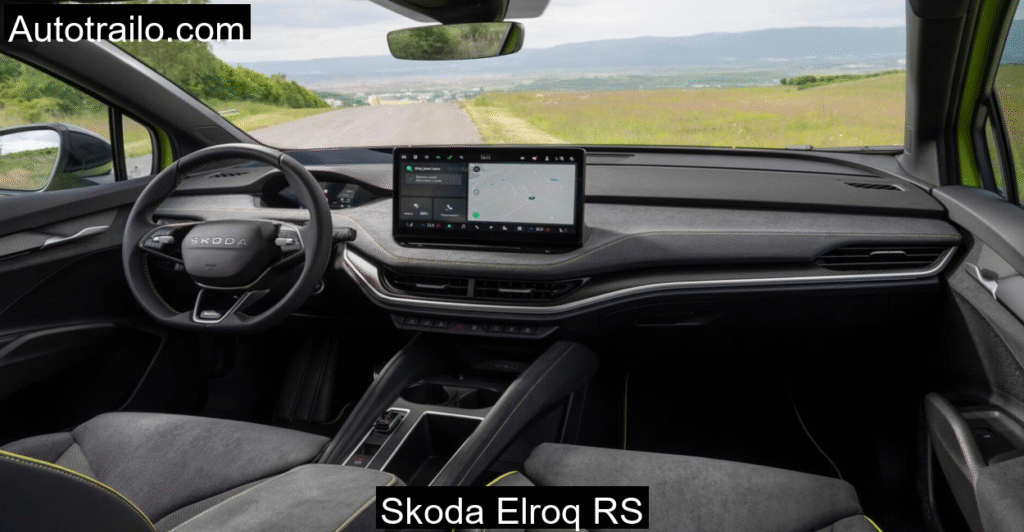
The EV Realities: Charging, Battery Range, and Planner Use
Skoda claims over 520 km of range for the Elroq RS, but Agumbe is not where you go for range accuracy. With constant climbs and regenerative braking, my average consumption hovered around 20 kWh/100 km. After covering 120 km of mixed hill and approach driving, I still had 52% battery left.
What impressed me more was the 185 kW fast charging capability. At the one CCS-compatible charger near Udupi, I got from 28% to 80% in under 30 minutes. The cooling fans did get loud, but the system worked flawlessly. The built-in planner automatically rerouted when a charger along the original path went offline, handy in these remote regions.
While the 11 kW AC charging remained unused during this trip, the charging cable stored neatly in the boot’s under-floor netting, a clever Skoda touch. Range anxiety wasn’t an issue here, partly due to the car and partly due to careful planning.
Suspension, Ride Comfort, and the Big-Rim Dilemma
The 21-inch wheels on the Elroq RS look stunning. But as always, visual appeal comes at the cost of comfort. On fresh tarmac, the car glided like a luxury cruiser. But the moment we hit broken surfaces common in Western Ghats, the ride turned fidgety. There was no crashing or rattling, but sharper imperfections made their presence felt.
DCC adaptive damping did its job best in Normal mode. Comfort felt a bit too floaty and unconvincing. Sport, meanwhile, made the rear occupants acutely aware of every ripple on the road. That said, the car never felt unsettled. Vertical movements were well damped. It is only the lateral sharpness, when you hit a pothole mid-corner, that felt jarring.
Over time, you begin adjusting your line and slowing just a touch. The RS name might hint at aggression, but this car rewards smoothness. It prefers a driver who’s calculated and deliberate. On well-laid surfaces, however, it redeems itself entirely and feels solid, taut, and worthy of long-distance touring.
Practicality in the Wild: Space, Boot, and Everyday Usability
On the way back, we stopped near a small waterfall trail and loaded up on wet bags, tripods, and some forest-picked bamboo baskets. The Elroq’s boot swallowed it all. Folding the seats opened up a flat loading space that could easily double up for a camping mattress.
In terms of storage, the cabin had bottle holders, sliding cubbies, and a smart wireless charging pad that held my phone in place even on inclined terrain. The panoramic glass roof added airiness, although it couldn’t be opened. For Indian summers, the sunshade would be essential.
Skoda’s thoughtful touches like the umbrella in the door and clip holders on the windscreen showed that the brand still remembers why practical features matter. Even as a sporty variant, the RS hasn’t ditched its roots in common sense design.
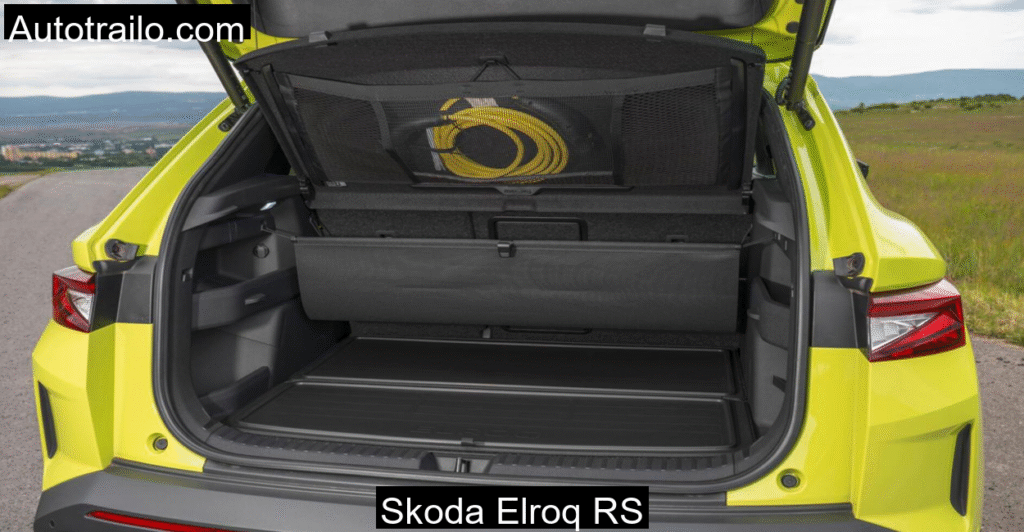
Technical Specifications of Skoda Elroq RS
Official Skoda’s figures fuel our content, leaving no room for guesswork.
| Specification | Details |
| Powertrain | Dual Motor (Front + Rear) |
| Combined Power Output | 340 hp |
| Torque | 134 Nm (Front) + 545 Nm (Rear) |
| 0 to 100 km/h | 5.4 seconds |
| Battery Capacity (Usable) | 79 kWh |
| WLTP Range (Mixed) | 524 – 549 km |
| Drive Type | All-Wheel Drive |
| Charging (DC Fast) | Up to 185 kW |
| Charging Time (10-80% DC) | 26 minutes |
| Dimensions (L x W x H) | 4.49 m x 1.88 m x 1.64 m |
| Boot Capacity | 470 L (expandable to 1,580 L) |
Conclusion: A Calm Beast or a Confused Sportster?
After 180-plus kilometers across hill climbs, forest roads, and highway patches, the Elroq RS left me with mixed but mostly positive impressions. This is not a playful hot hatch in SUV form. It is a quick, stable, well-engineered electric SUV with some sporty seasoning.
The RS badge here stands more for competence than character. And that might be just fine in this transition phase for performance EVs. On a route like Agumbe, what matters more than sideways action is predictable behavior, torque on demand, and enough luxury to keep the fatigue away.
Would I pick it as a mountain road champion? Probably not. But would I recommend it to someone looking for a family EV that doesn’t shy away from spirited mountain getaways? Absolutely. The Elroq RS makes a strong case for itself when the drive is as important as the destination.
Frequently Asked Questions (FAQ)
What is the real-world range of the Skoda Elroq RS on hill routes like Agumbe?
In mixed hill conditions, you can expect around 400 to 420 km on a full charge, depending on driving style and regen usage.
Does the Skoda Elroq RS support fast charging in India?
Yes, it supports up to 185 kW DC charging and works well with CCS2 chargers.
How is the suspension on broken roads?
It’s firm due to the RS tune and large wheels, but not uncomfortable. Adaptive damping helps soften the experience when needed.
Is the RS version suitable for family use?
Yes, it retains practicality, rear seat space, and smart storage features, making it family-friendly despite its sporty focus.
